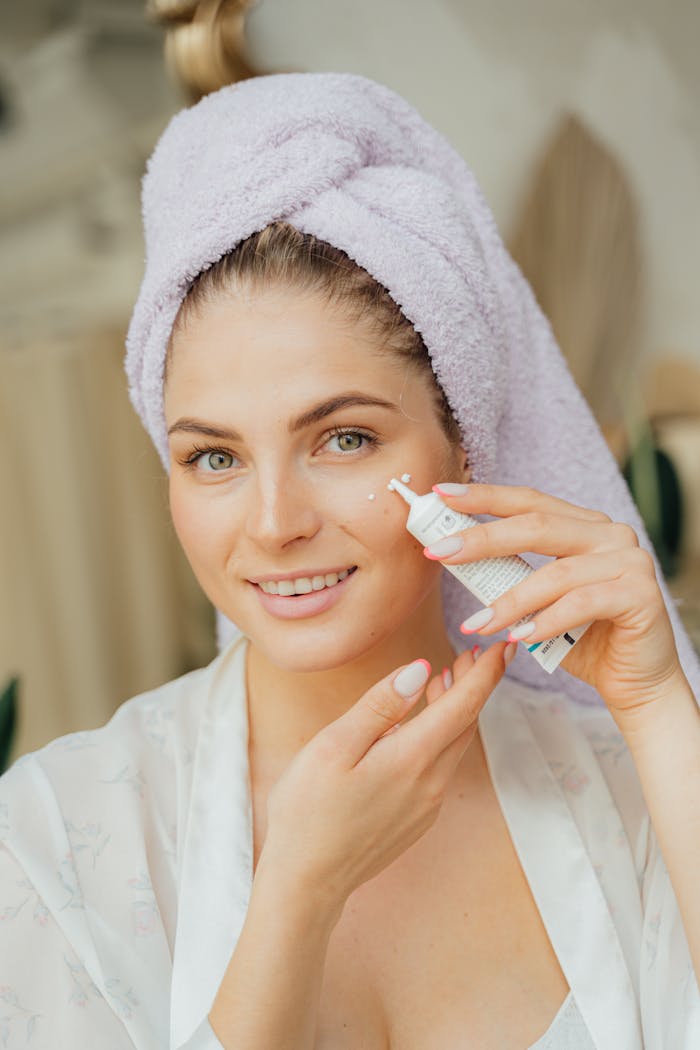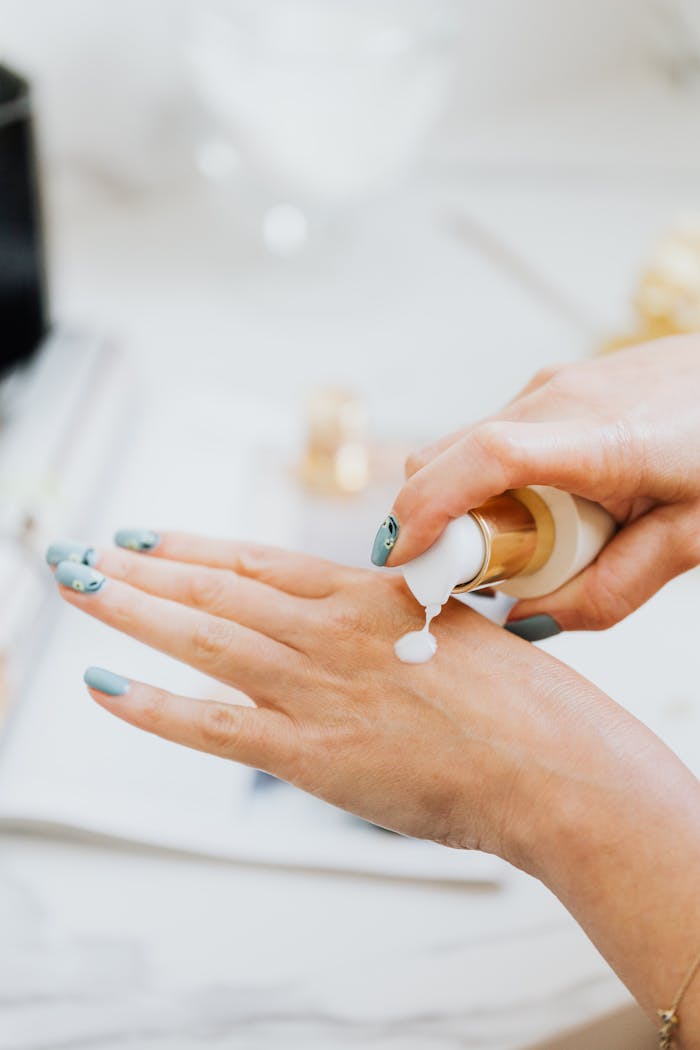The Correct Way to Use Serums: Maximize Their Benefits for Your Skin
Serums have become an essential part of modern skincare routines, thanks to their powerful, targeted formulas that address specific skin concerns like dullness, acne, fine lines, and hydration. But with so many serums on the market and different ingredients to consider, using them correctly is key to seeing results and avoiding irritation. Here’s everything you need to know about using serums the right way for maximum benefit.
What is a Serum?
A serum is a lightweight, fast-absorbing product with a high concentration of active ingredients designed to target specific skincare issues. Unlike moisturizers, which seal in moisture and help with hydration, serums deliver potent ingredients directly into the skin, making them especially effective for treating concerns such as fine lines, dark spots, acne, and dehydration.
Step-by-Step Guide to Applying Serum Correctly
-
Start with a Clean Canvas: Always begin by cleansing your face to remove dirt, oil, and impurities. This prepares your skin to absorb the serum more effectively. Follow up with a toner if you use one, which can further prep your skin by balancing pH levels.
-
Apply While Skin is Slightly Damp: For water-based serums, apply while your skin is slightly damp (right after cleansing or toning). Damp skin can better absorb ingredients, allowing the serum to penetrate more deeply.
-
Use the Right Amount: A little serum goes a long way—generally, 1–2 pumps or a few drops are sufficient. Using too much product can overwhelm your skin and might lead to irritation, especially with powerful active ingredients.
-
Pat, Don’t Rub: After dispensing a small amount, gently pat or press the serum into your skin with your fingertips. Avoid rubbing, as patting helps the serum absorb without tugging at your skin, which is especially important for delicate areas.
-
Layering with Other Products: If you’re using more than one serum, apply the one with the thinnest consistency first, followed by thicker serums. Typically, hydrating serums (like hyaluronic acid) go first, followed by active treatments (such as vitamin C or retinol). Allow each layer to dry for a few seconds before moving to the next to avoid mixing and diluting ingredients.
-
Wait Before Moisturizing: After applying the serum, give it a minute to fully absorb before following up with your moisturizer. This helps lock in the serum’s ingredients and provides an added layer of hydration. The moisturizer acts as a seal, keeping the active ingredients in the serum locked in for maximum effectiveness.
Key Tips for Using Different Types of Serums
-
Vitamin C Serums (AM Routine): Vitamin C is best used in the morning because it brightens the skin and provides antioxidant protection against UV rays and environmental damage. Always follow with sunscreen, as vitamin C makes your skin more sensitive to sunlight.
-
Retinol Serums (PM Routine): Retinol should be used at night because it can increase skin sensitivity to the sun. Start slowly—using retinol 1-2 times a week—and gradually increase frequency as your skin builds tolerance. Follow with a moisturizer to prevent dryness and irritation.
-
Hydrating Serums (Anytime): Hyaluronic acid or other hydrating serums can be used morning and night. Apply to slightly damp skin, and lock it in with a moisturizer to keep your skin plump and hydrated.
-
Exfoliating Serums (PM Routine): Serums with ingredients like AHAs or BHAs exfoliate the skin, so use them in the evening. Avoid layering with retinol, as combining these can lead to irritation. Limit use to a few times a week to prevent over-exfoliation.
Mistakes to Avoid When Using Serums
-
Using Too Many Actives Together: Mixing too many active ingredients (like vitamin C, retinol, and acids) can irritate and damage your skin barrier. Keep it simple by choosing one or two active ingredients and using them on alternate days.
-
Skipping Sunscreen: Many serums, especially those with vitamin C, retinol, or exfoliating acids, increase sun sensitivity. Not using sunscreen can lead to redness, irritation, and even premature aging. Always finish your routine with SPF if you’re using these serums during the day.
-
Applying on Dirty Skin: Applying serum to unclean skin won’t allow for proper absorption. This can trap dirt and oil beneath the product, leading to breakouts or dullness.
-
Not Being Consistent: Serums are designed to work over time. Stick to a routine and give your skin at least a few weeks to adjust to new serums. Consistency is key for seeing visible results.
Final Thoughts
Serums are powerful allies in your skincare routine, but using them correctly is crucial for getting the most out of their benefits. By following the proper steps and choosing the right serums for your skin type and concerns, you can elevate your skincare routine and achieve a healthier, glowing complexion. Remember: less is more, and with a few mindful adjustments, you’ll be on your way to radiant skin!



